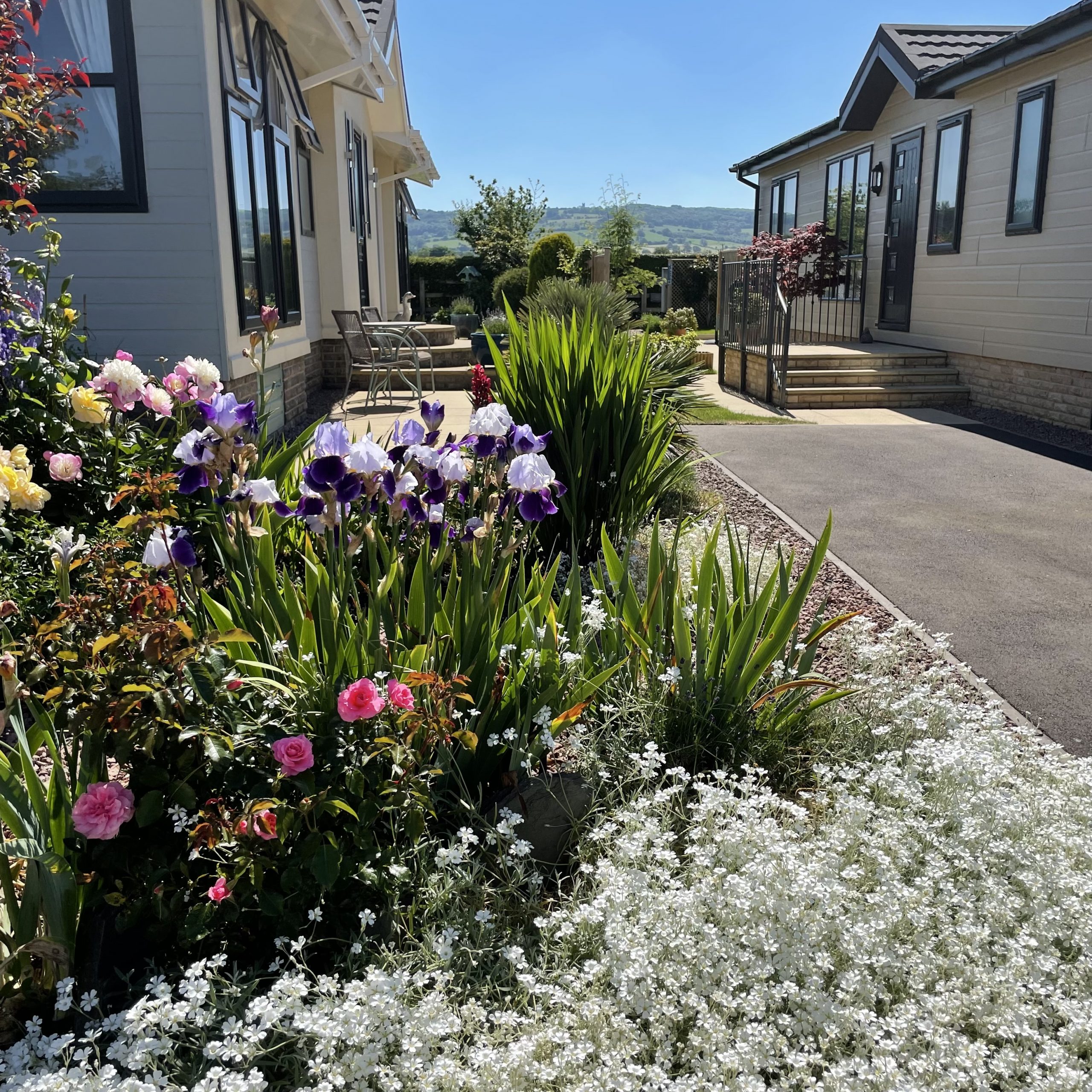Close
Want to find out more?
Submit your details and a member of our team will get in touch by phone or email to help with your enquiry.
Contact Us
Contact Us
Use the form below to send us a message. Our fantastic customer team will be able to help with any enquiries you have.









